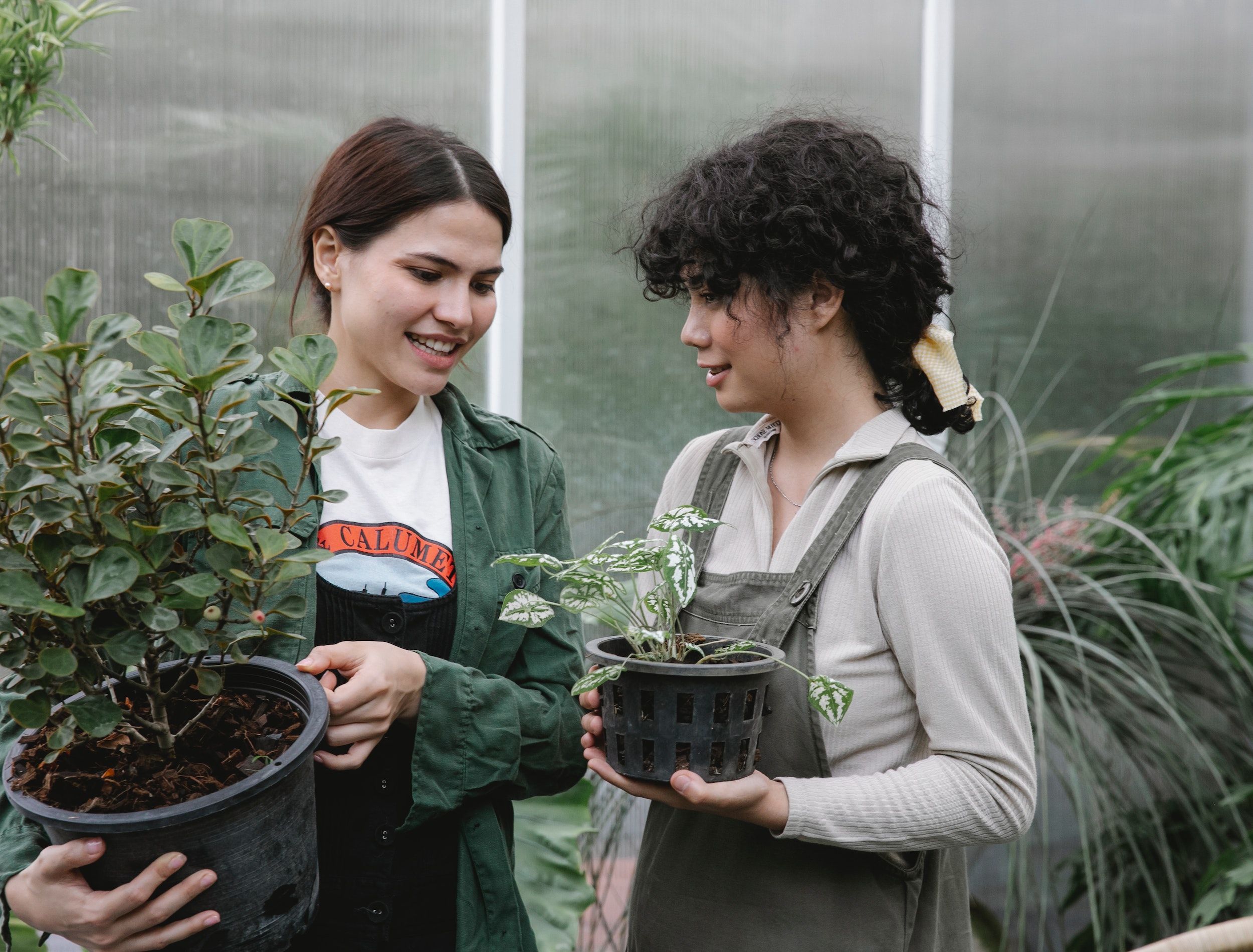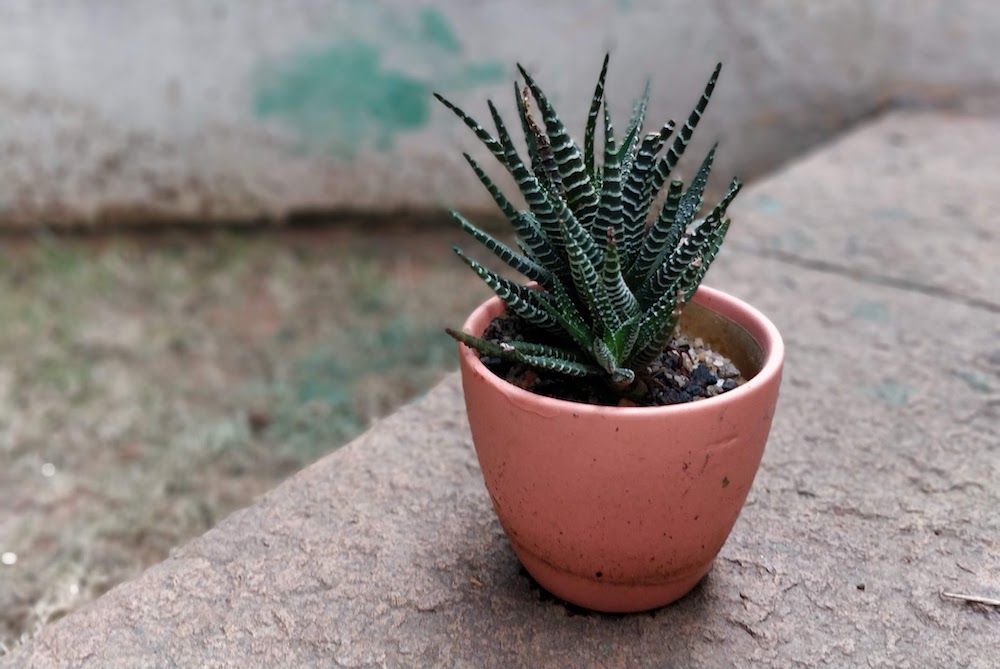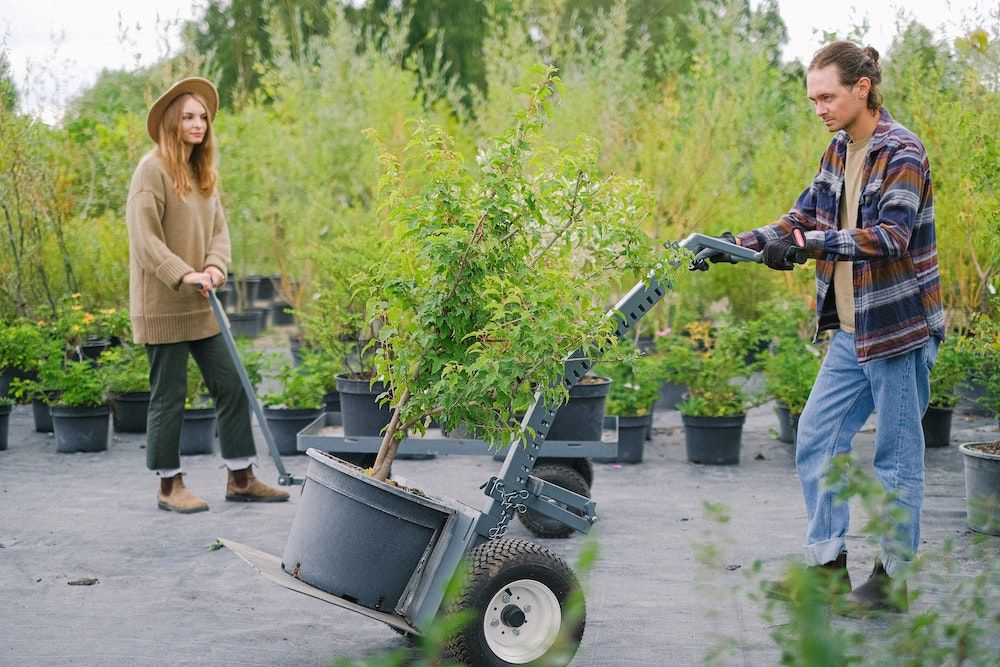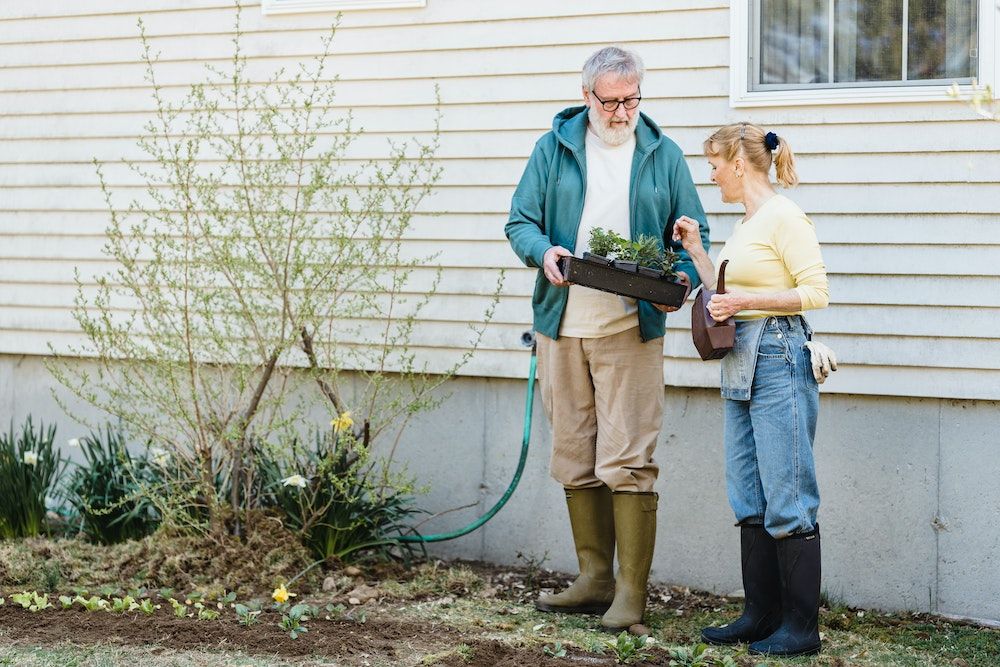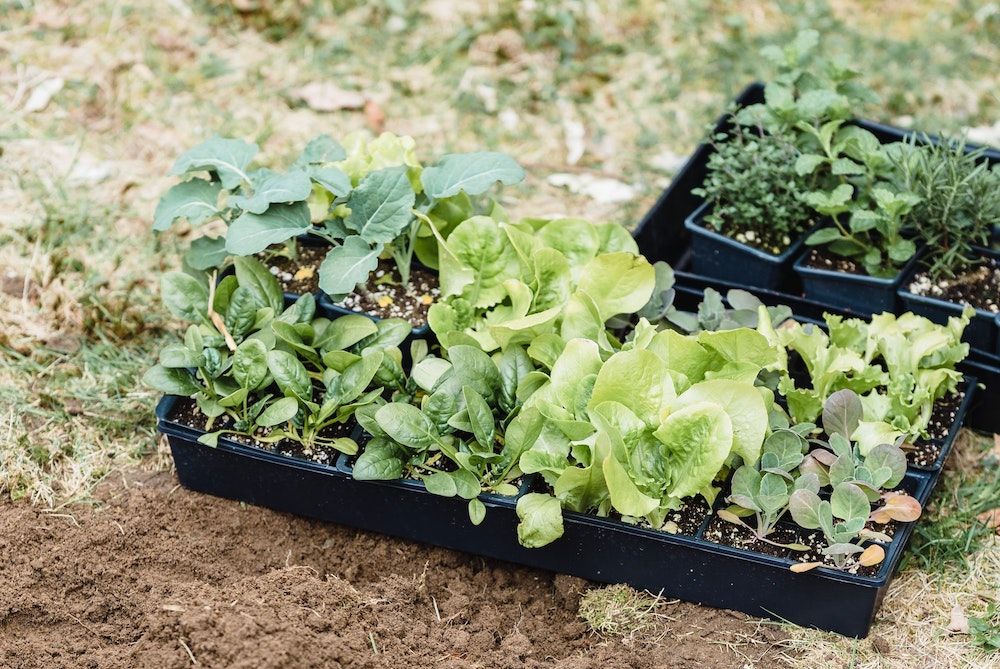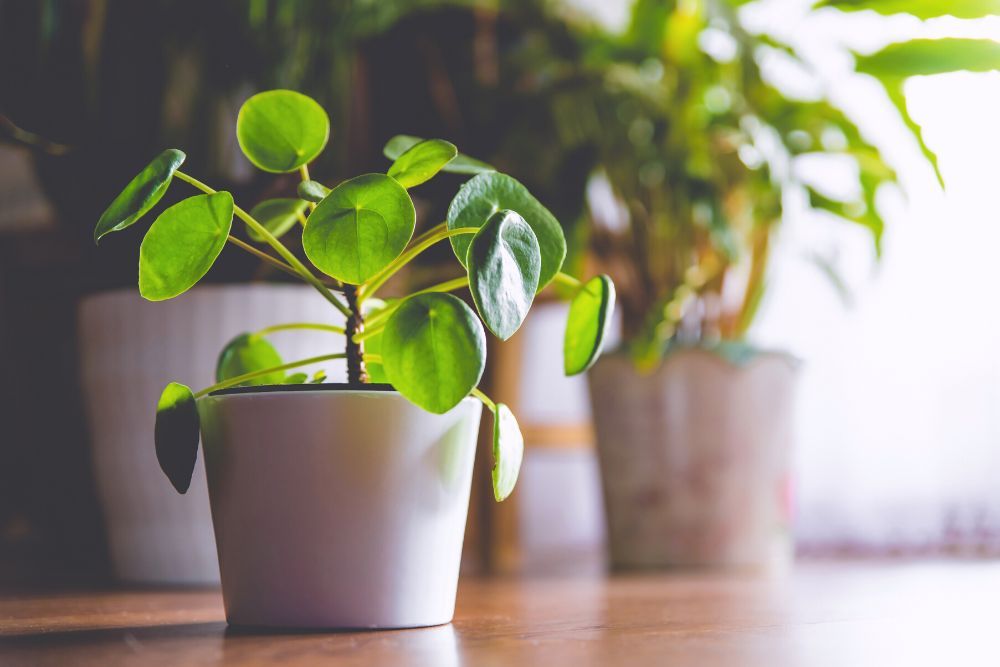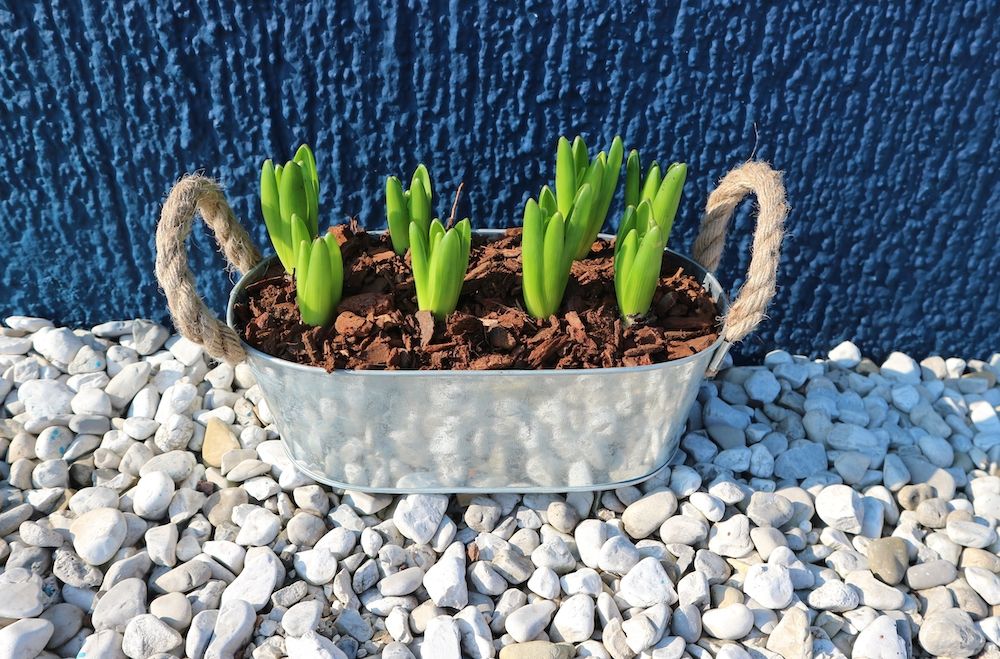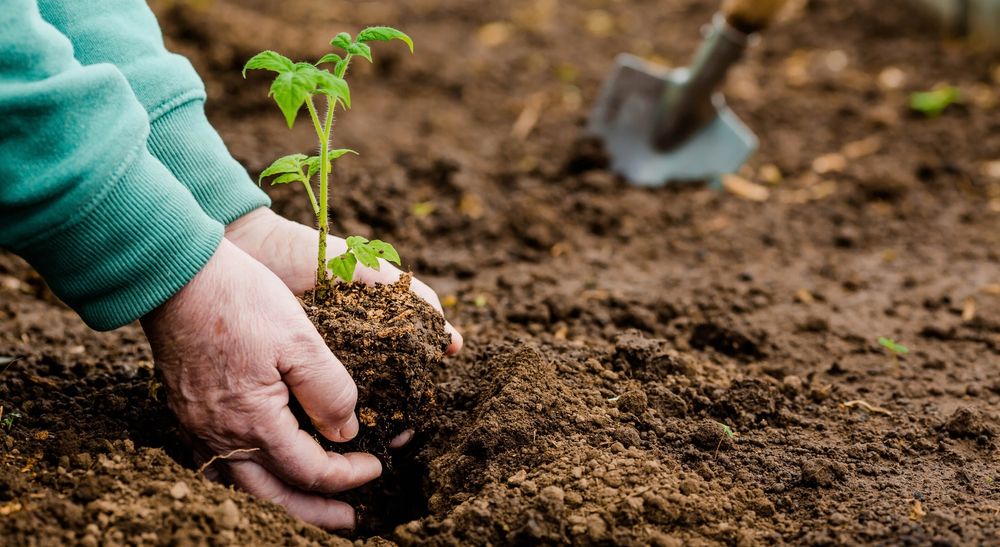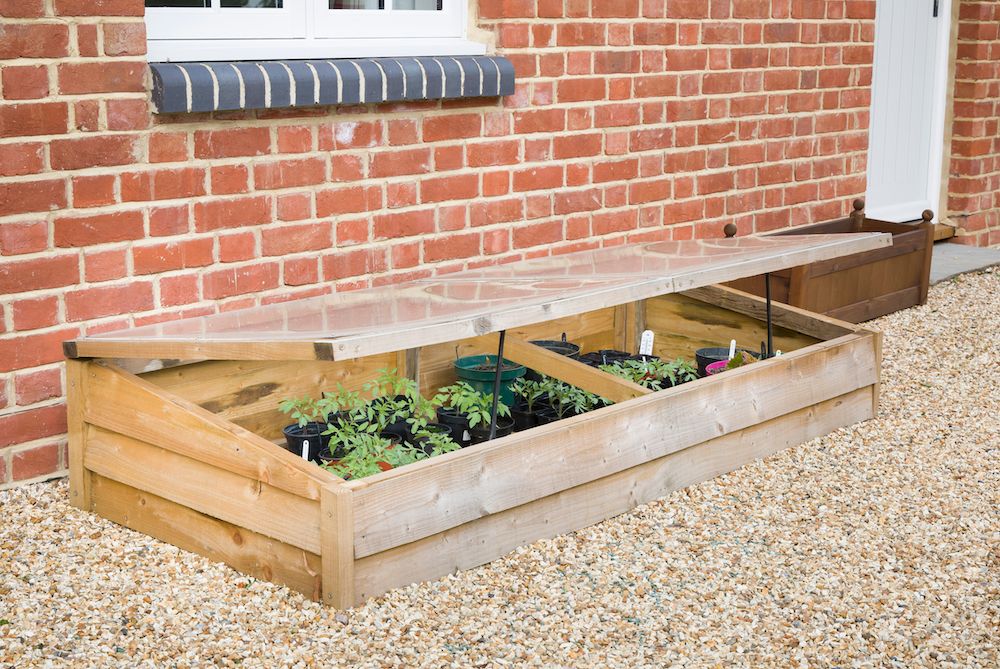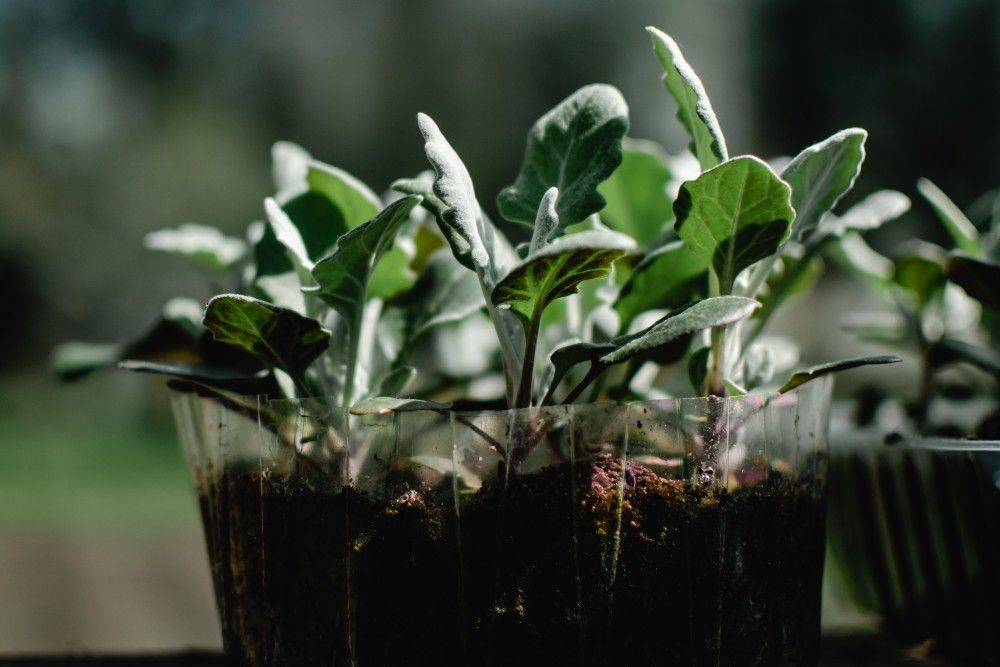If you've ever had to start your plants from seeds or seedlings, you know that before you can transplant them outdoors, you need to harden them off. Skipping this step can be fatal for your plants.
When you harden them off, you ensure your plants acclimate to the outdoor environment and are ready for the tougher weather. Although it may seem like an extra step, it is crucial for the survival of your plants.
So, when should you start, and how should you do it? What are some things to consider and mistakes to avoid? More below.
When to Start Hardening off Your Plants
Image Credit: Lakeisha Ethans for Backyard Boss
Before determining the best time to begin hardening off your plants, consider your plant species, location, and weather conditions. However, in general, start the hardening-off process at least two weeks before transplanting. It will take about two weeks to complete the hardening-off process.
Check the weather forecast beforehand to avoid beginning the process during extreme weather conditions like heat waves, heavy rain, or cold spells.
How to Harden off Your Plants
Now that you have a general idea of when to start hardening off your plants, it's time to begin!
1. Start Little by Little
Image credits: Anna Shvets via Pexels
Gradual exposure to the outdoor environment is essential, as abrupt permanent exposure can severely damage your plants. A gradual exposure gives your plants enough time to adjust to the changing weather and other conditions.
When outside temperatures reach above 45 degrees Fahrenheit, place your plants in a sheltered outdoor area, such as a covered porch or a garden spot protected from rain and winds.
On day one, place your plants outside for an hour or two, but ensure they're protected from sun, wind, and rain. Keep them in deep shade for the entire first day. Bring them indoors during the night.
On day two, put your plants outside for three hours. Leave them under the direct sun for an hour, and then move them to a shaded spot for two hours. In the evening, bring them back indoors.
Keep a close eye on your plants for signs of stress, such as wilting, drooping stems, or yellowing leaves. If you notice these signs, move your plant to deep shade. If temperatures drop below 45 degrees Fahrenheit, bring your plants indoors, as they may not tolerate an abrupt temperature drop.
2. Increase Light Exposure
Image credits: Greta Hoffman via Pexels
As your plants become more habituated to the outdoors, slowly increase their exposure to sunlight. On day three, leave your plants outside for four hours. Let them bask under the sun for two hours, and then move them to a shaded spot for two hours.
Some plants, particularly those that thrive in low-light conditions, may require more time to adjust to full sunlight. If you're unsure how much direct sunlight your plants can handle, start by placing them in indirect or dappled sunlight instead of direct sunlight for a few hours each day.
3. Increase Wind Exposure
Image credits: Greta Hoffman via Pexels
As you harden off your plants, it's crucial to expose them to the wind. While indoors, the only breeze they get is through an open window, the air conditioner, or the fan, but the outdoor environment is much windier.
Gradual exposure is necessary, so start by placing your plants in a mostly sheltered area and gradually moving them to windier locations. However, be cautious; some plants are delicate and may sustain more damage than hardier varieties.
For example, begonias, in general, are sensitive to frost, but their hardy counterparts called 'Begonia Grandis' are cold-hardy and have better disease tolerance. If possible, pick hardy varieties depending on your USDA planting zone for increased success.
4. Increase Exposure to Different Temperatures
Image credits: Damian Lugowski via Canva
On day four, you can leave your plants outside and expose them to the sun and wind for five to six hours. It's essential to expose your plants to temperature variations so that they can adjust to any weather changes. Do this gradually to avoid damaging your plants.
5. Leave Plants Out Overnight
Image credits: luca pbl via Shutterstock
By day 10 or 11 of hardening off your plants, and if temperatures remain warm during the day and night (at least 50 degrees Fahrenheit), you can leave your seedlings outside for the night.
6. Transplant
Image credits: PhotoJuli86 via Shutterstock
After you’ve gone through all of the steps above and about a week and a half or two have passed, it's time to transplant your plant into your garden or container. It's advisable to transplant your plants on a cloudy day and remember to water thoroughly after planting.
Cold Frame Hardening Off
Image credits: Paul Maguire via Shutterstock
An alternative method to hardening off your plants is the cold frame technique, which doesn't involve moving your plants in and out all day, every day.
Essentially, this method is similar to the traditional way of hardening plants (moving them indoors and outdoors). You'll still need to gradually expose your plants to wind, sunlight, and varying temperatures.
One advantage of using a cold frame is that it provides excellent shelter and comfort for your plants. To harden off your plants using a cold frame, first, move your plants in the cold frame, and, for the first week, keep the frame's lid slightly open during the daytime and closed at night.
For example, on day one, keep the cold frame's lid slightly open (10-degree angle) for one or two hours. On day two, lift the cold frame's lid a little higher (20-degree angle) and let it stay open for two to three hours. On day three, let the lid stay open at a 30-degree angle for three to four hours.
By day 10 to 12, you should be able to keep the cold frame's lid open at a 100-degree angle, and between day 12 and 14, you can remove the lid and transplant your plants to their desired locations.
Most Common Mistakes
Image credits: Eva Bronzini via Pexels
There are a few common mistakes that you can make when hardening off your plants:
- The first one is entirely skipping the process and just transplanting them as is. If you're fortunate, a plant may survive; however, the chances are much lower.
- The next is transplanting them too early and exposing your plants to extreme weather conditions without letting them get used to the natural elements.
- Lastly, not monitoring your plants for stress signs is another common mistake. If you notice stress signs like stunted growth, curling, or brown leaves, bring your plant indoors and let it recuperate before trying again. While you're are it, carefully examine the potting soil to ensure it isn't the reason behind plant stress. For example, if your potting soil is moldy or has a poor structure that doesn't retain or drain water, your plant will show similar signs of stress. If this is the case, refresh your potting soil before hardening off your plants.
Lettuce Out!
Hardening off your plants is an essential step to take before transplanting them. Gradually exposing them to the outdoors prepares them for any harsh conditions.
The process typically takes about two weeks but keep an eye on the weather conditions before starting. For example, don't harden off plants during extreme heat or cold weather conditions.
It is best to start by placing the plants in a sheltered spot and gradually increasing their exposure to sunlight, wind, and temperature changes until they are ready to be planted in the ground or large outdoor containers.
Leave your experiences, thoughts, and questions in the comment section! And share with friends and family who might find this helpful.

